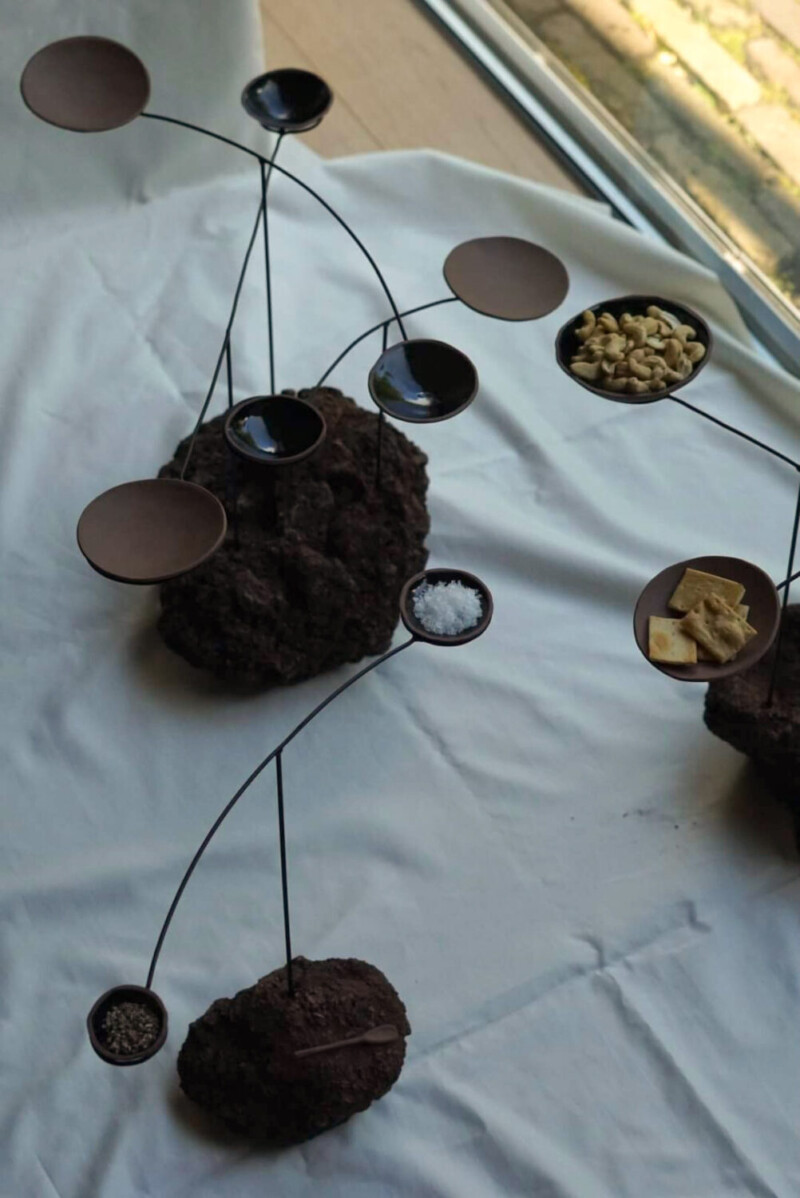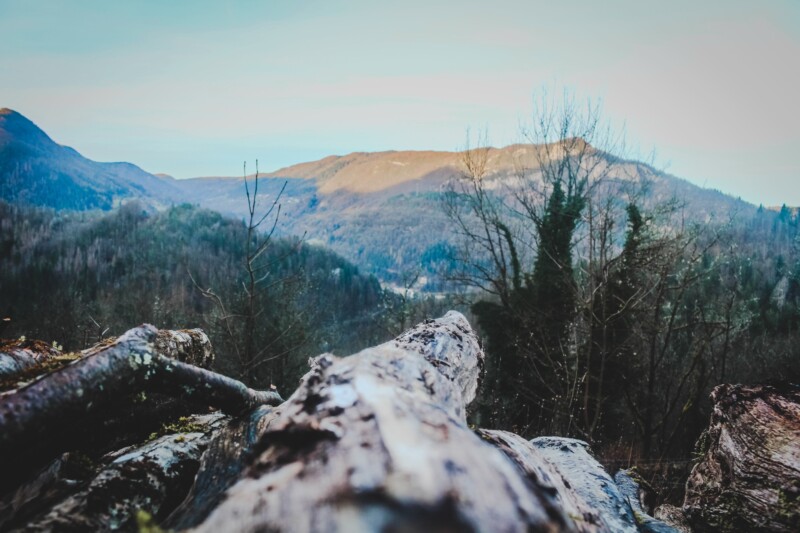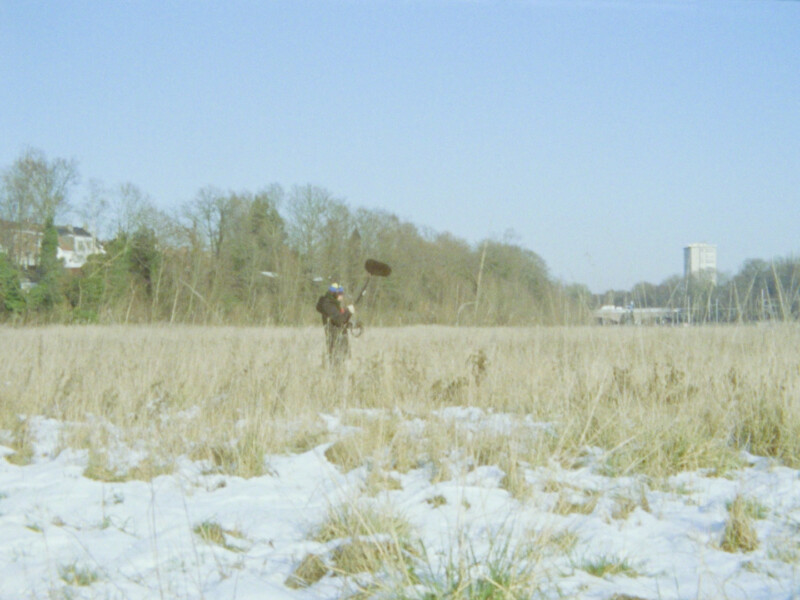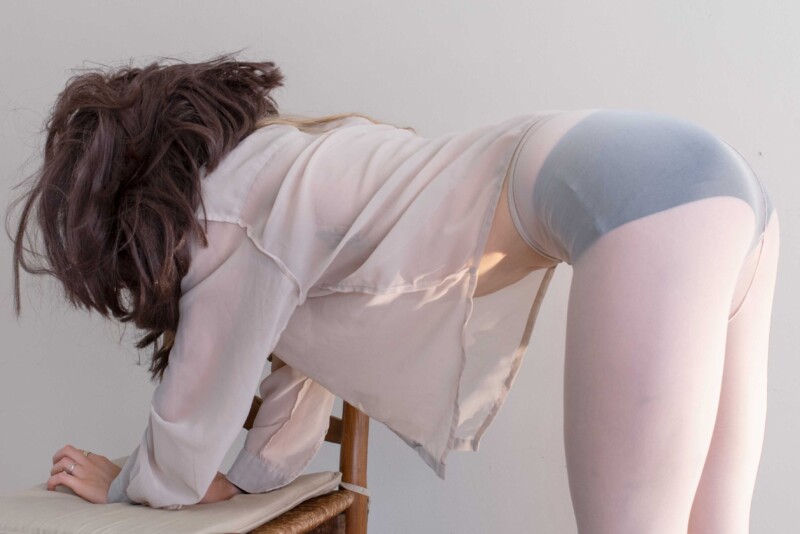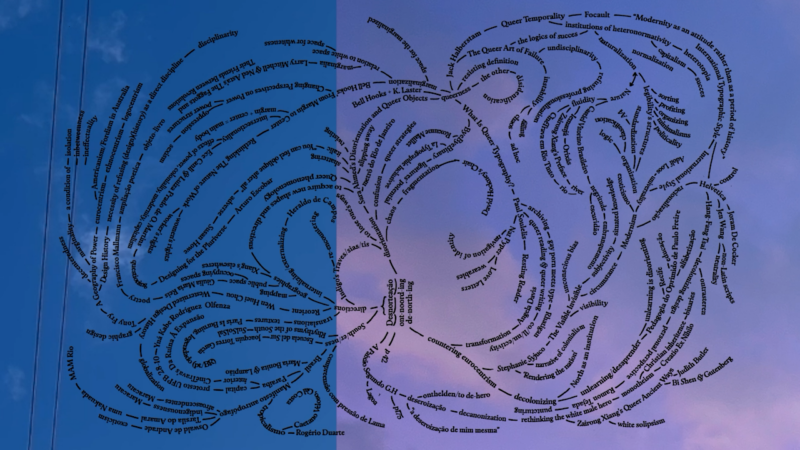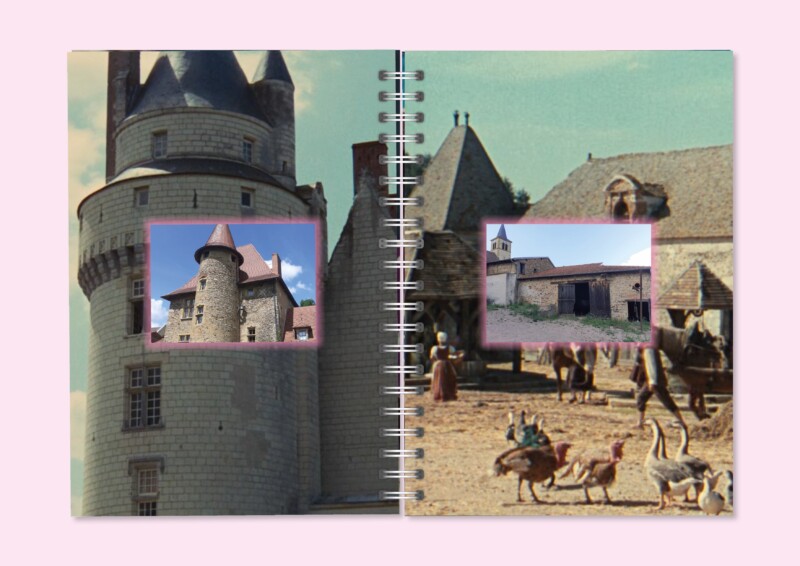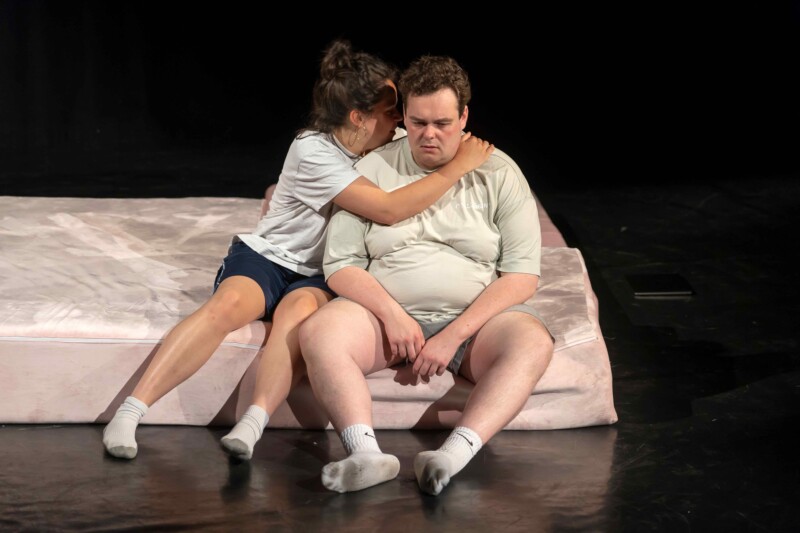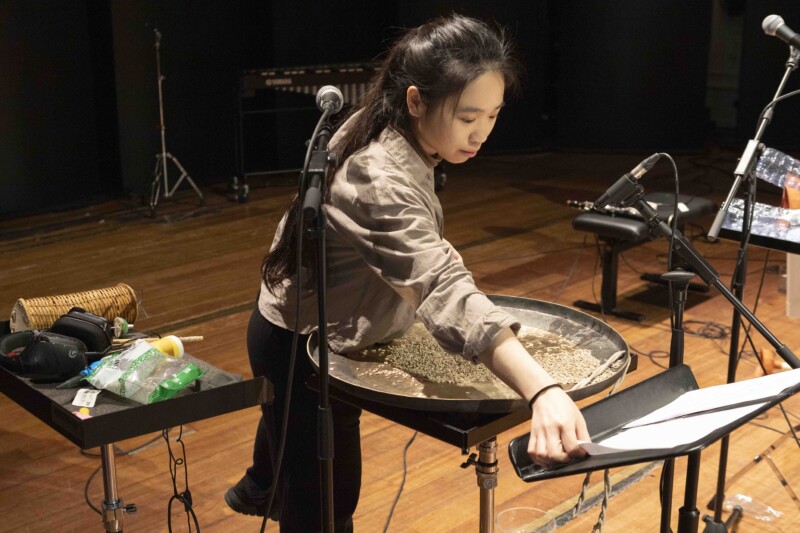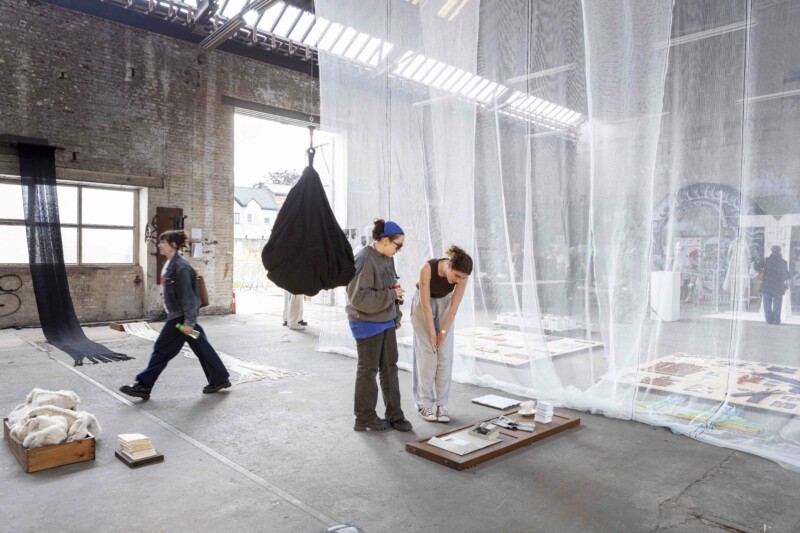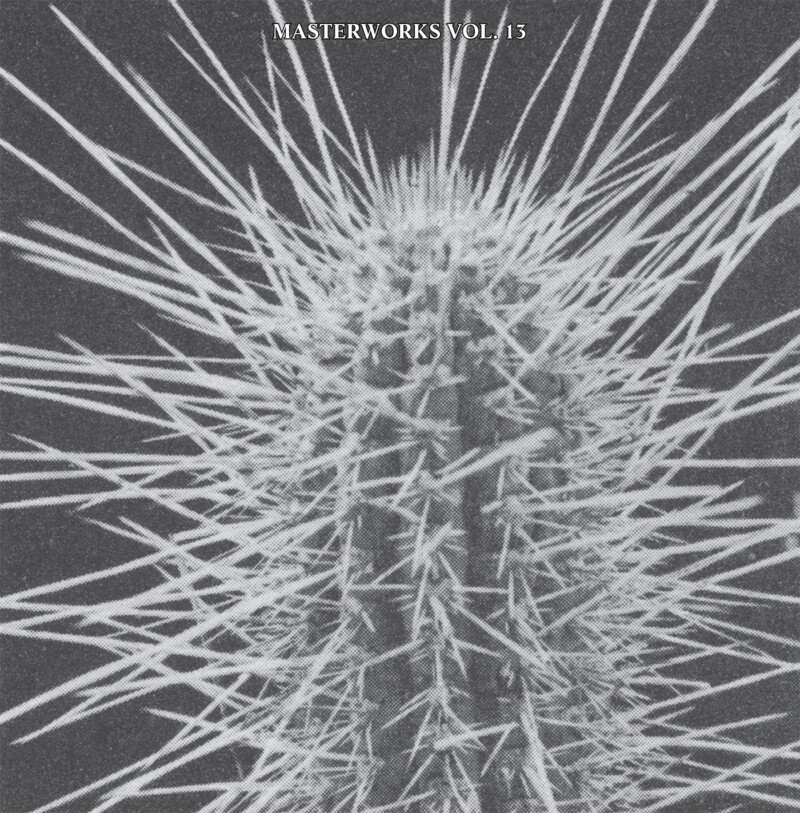Wooden Days
Wooden Days is the title of the installation that Hilke Walraven has assembled as her graduation project. The entire installation will be re-exhibited at the Cobra Museum for Modern Art in Amstelveen as part of the exhibition The New Mother Sculptures from October 19, 2024 to March 2, 2025.
three birds with five stones
two sentences in three words
and 64 lines on 64 pieces of rolling paper
astonished hotel guests in the breakfast room
by the apricot jam that lost its sweetness,
tossed the dishes and dished up the words
the guest from room 11 bundles his strong stories
with dancing hairpins
reports are kept on the progress of the web
carefully constructed by the general house spider
supporting columns of wood that later turned out to be pillars
of Ash, Beech and Cherry
three strikes until it guesses
messages left aside,
wooden days are always lurking
ever on the move,
where windmills disappear behind olive green curtains
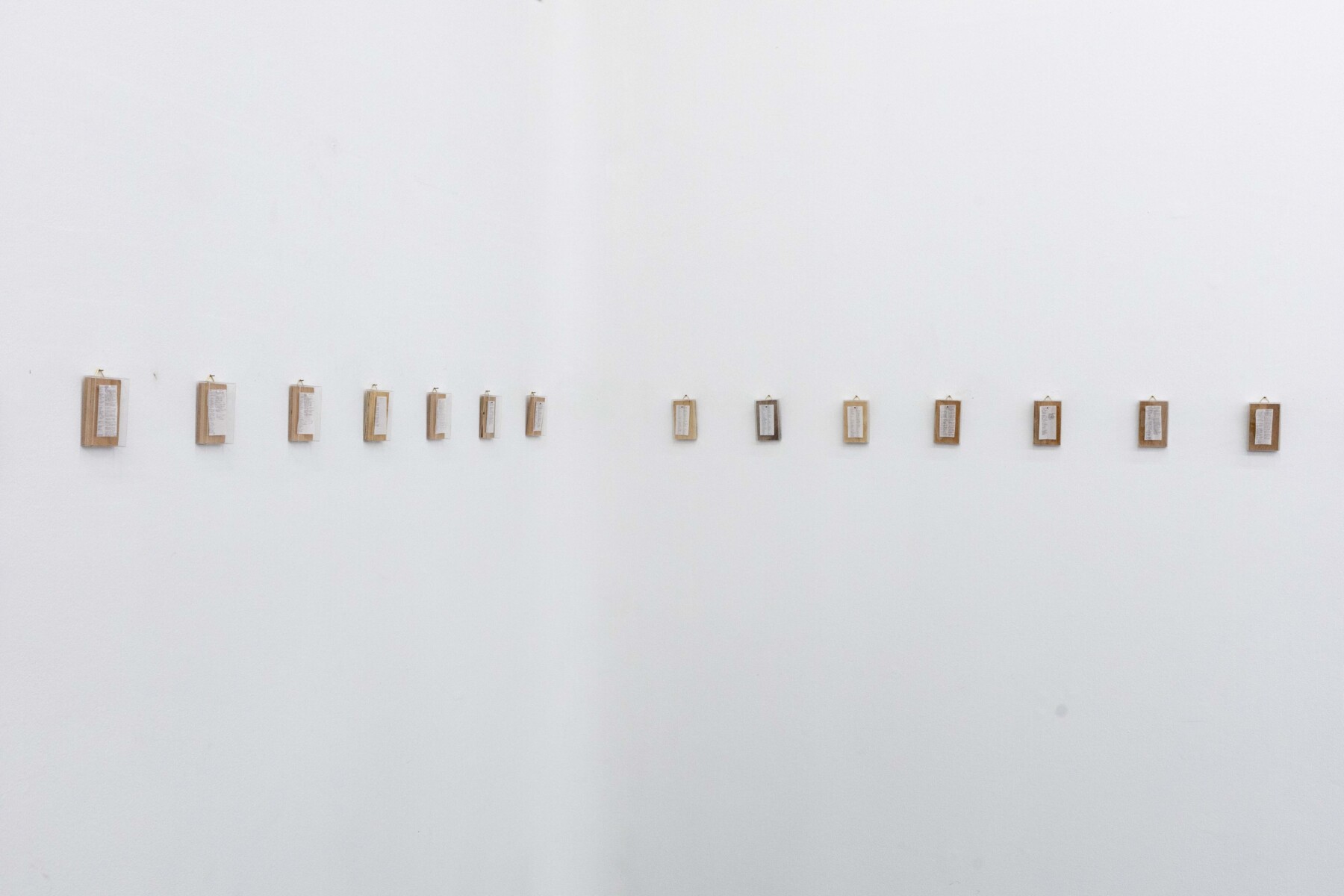
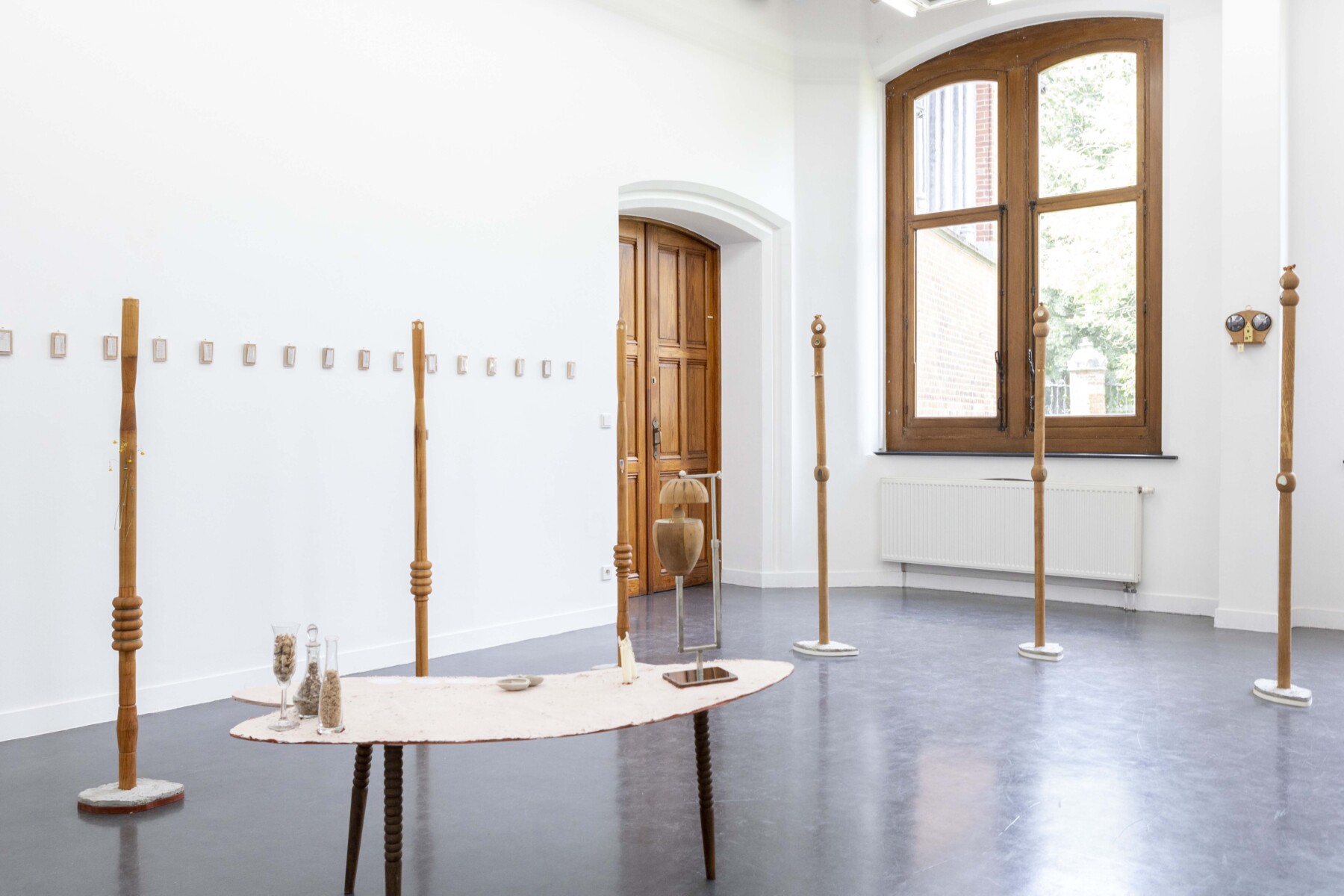
Febe Lamiroy
The day-to-day, personal routines, the poetry of trifles, and observing people you meet, are intriguing to you. Where do these fascinations come from?
I work in a hotel in Ghent, and I have since long dreamed of gaining glimpses into another life for a few days or hours. As a chambermaid, you see what guests take with them and what they leave behind. As a receptionist, I often hear complete life stories, which is quite nice because I am a curious person. Hotel guests are very open; many are traveling, there are regulars who come for work, and since the hotel is located between the train station and the hospital, there are also people who return every two weeks. I write short stories about the events in the hotel, and some of these writings are visible in my graduation project. The interior design of this kind of hotel is remarkable; it is always just impersonal enough to avoid making anyone uncomfortable. Elements like paper coasters and mini-soaps are conceived for the temporary. Normally, such coasters are crocheted by someone’s grandmother, but in a hotel, you get a disposable paper version. Everything is familiar but also just detached enough.
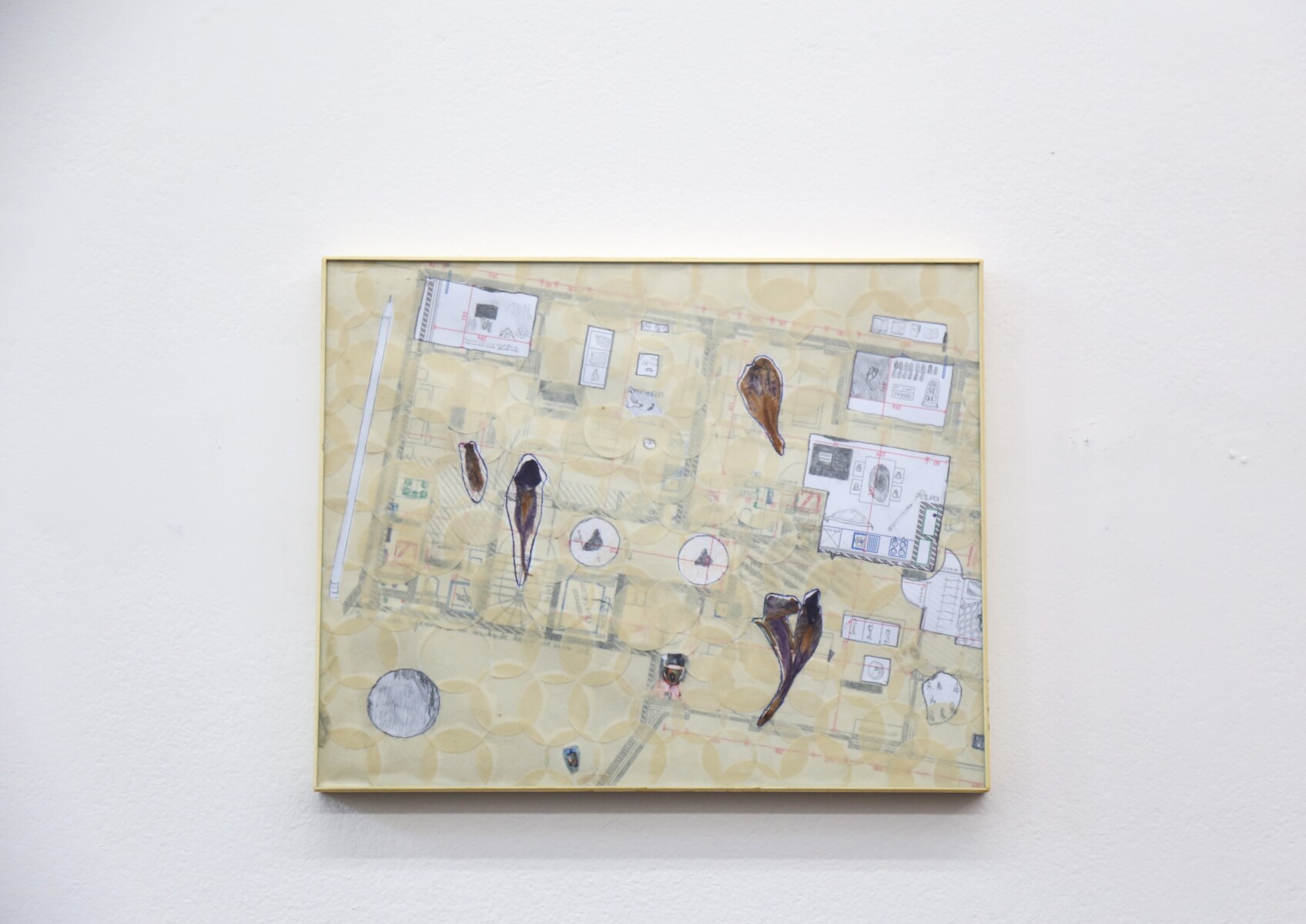
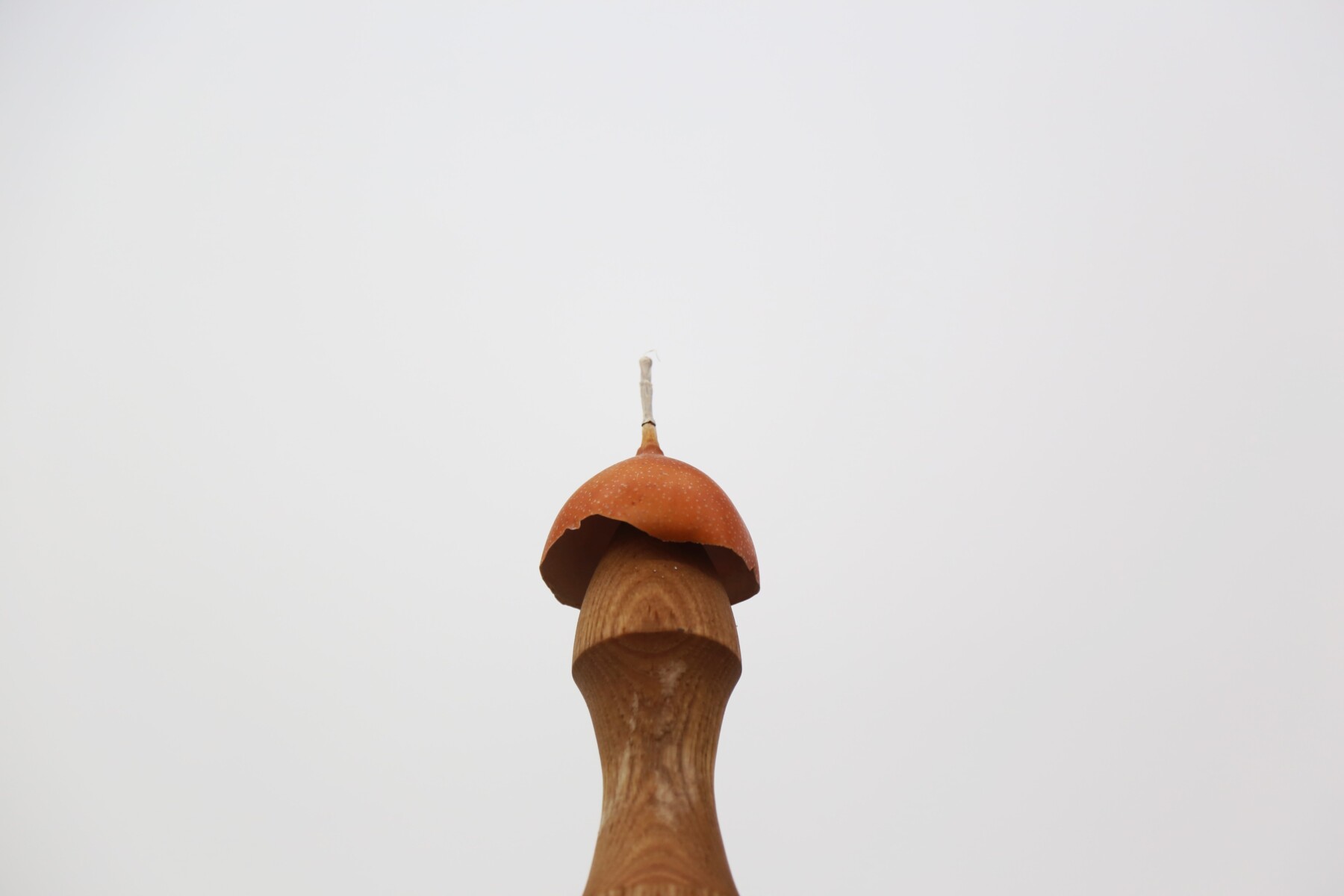
FL
You let yourself be guided by the accidental and the everyday; how is this method of exploration translated into visual work?
Among other things, I made notes every day with a perfectly sharpened pencil on cigarette rolling paper. I discovered that there are exactly 64 rolling papers in one packet, just as many as there are lines on each individual paper, and the same amount of lines as in a school notebook. I saw this as a coincidence that I had to do something with, and the writing itself served as an outlet for the mundane. Through this approach, something activist became present in my work for the first time, given that since October 7, the genocide in Palestine has become part of the everyday. I framed these notes and presented them as part of the installation Wooden Days.
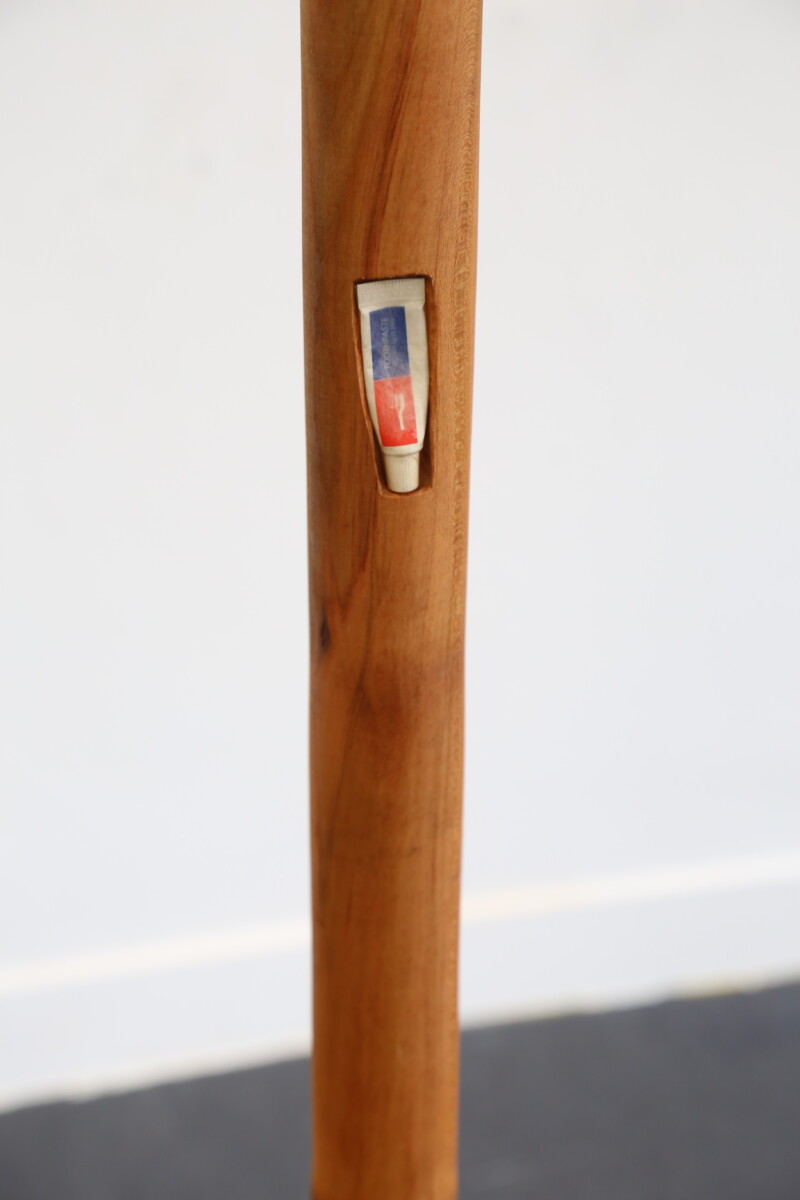
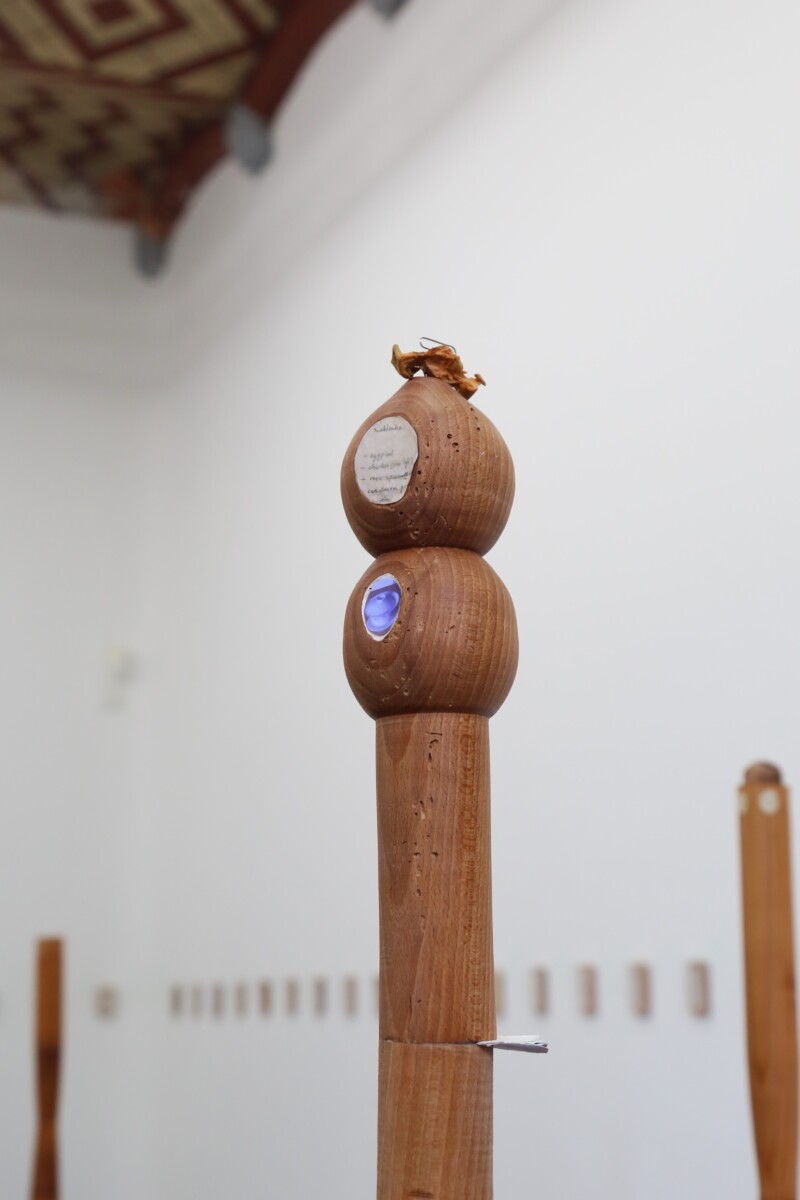
FL
Can you elaborate on the different components of the installation, such as the wooden columns standing tall in their circular cluster?
I had only planned the structure of the columns beforehand, not yet what I wanted to add to them. The shape refers to the architecture of the stairwell and the domed skylight in my apartment building. I’m attracted by architectural shapes that are not very practical, like railings and lighthouses. I wanted to create a balustrade structure that is open so people can walk through it. At first glance, the group of columns resembles a kind of formal family portrait, but then you notice all the peculiarities in the added details. The columns themselves are turned from ash, beech, and cherry – the enumeration sounds like a poem. The studio where I worked last year was near a walnut tree, where I gathered walnuts with my studio mate, after which we made a lunch for all the master’s students with other elements from the garden such as nettles and mint. The site of KASK & Conservatorium is surrounded by cherry trees, and I find it beautiful that the sculptures reference that.
FL
And what about the symbolism of the additions hidden in the wooden columns, such as dried citrus peels, pods, drawings, and mirrors? You’ve created a visual network with references to personal memories and observations.
I found the bean pod some time ago in the botanical garden in Ghent and took it with me because of its velvety texture. Only this year did I discover that the pod comes from wisteria. Additionally, there are these hairpins that I keep finding in the hotel where I work. They resemble little dancing legs, which I wanted to magnify. Somewhere, hidden in the wooden columns are small drawings of these dancing legs, but also shopping lists, such as a list for a Palestinian dish “Maklouba”, which my Palestinian friend prepares very well; these daily elements are incorporated as well.
The mirror refers to something I appreciate about observing people in the hotel and being on the move; it often has a poetic quality. Like when you cross someone’s gaze at the station and share a fleeting moment, I continue to think about that person and wonder what they will do or where they are going, and if they might be thinking about me too. Those mirrors are a way to see something you wouldn’t otherwise notice.
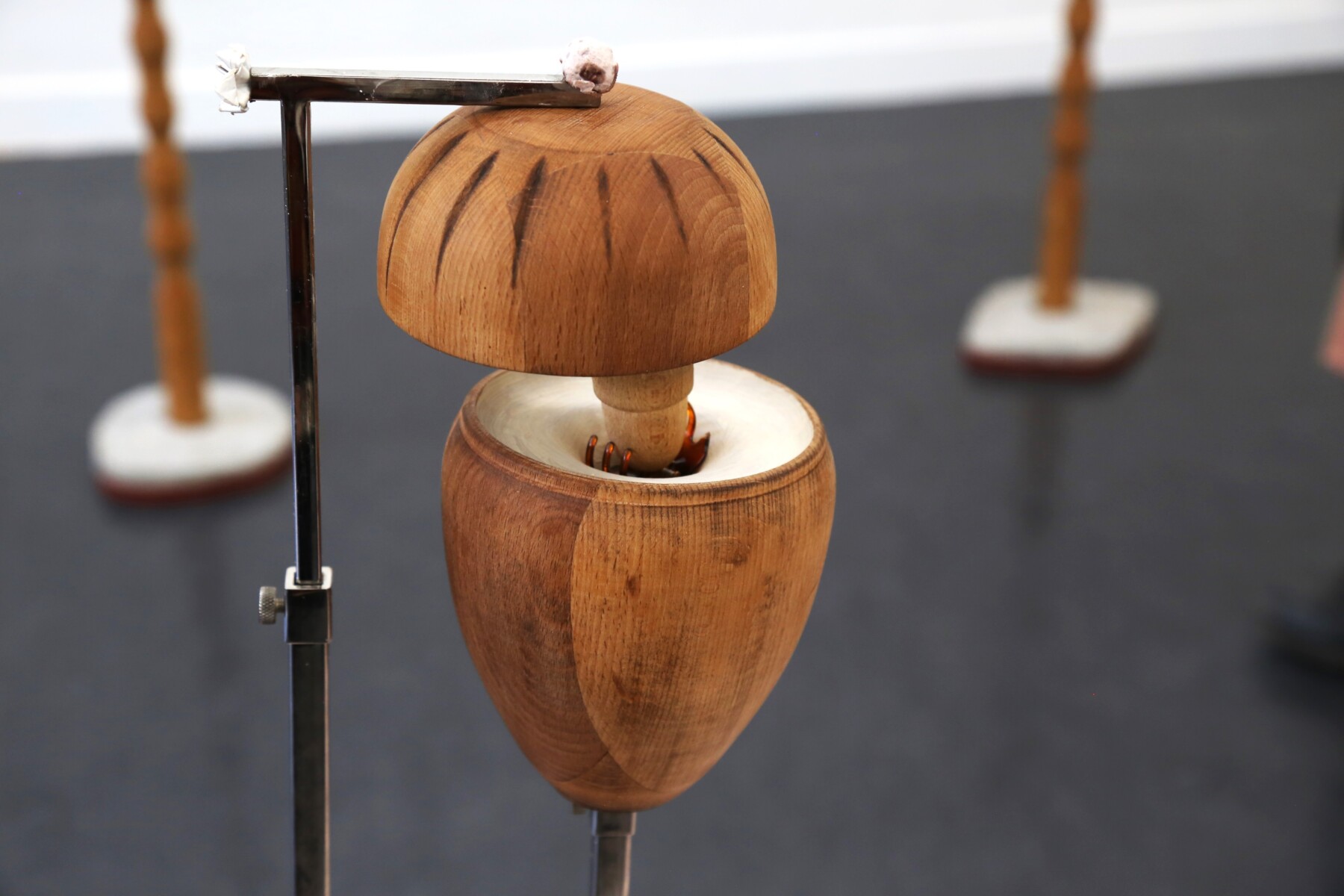
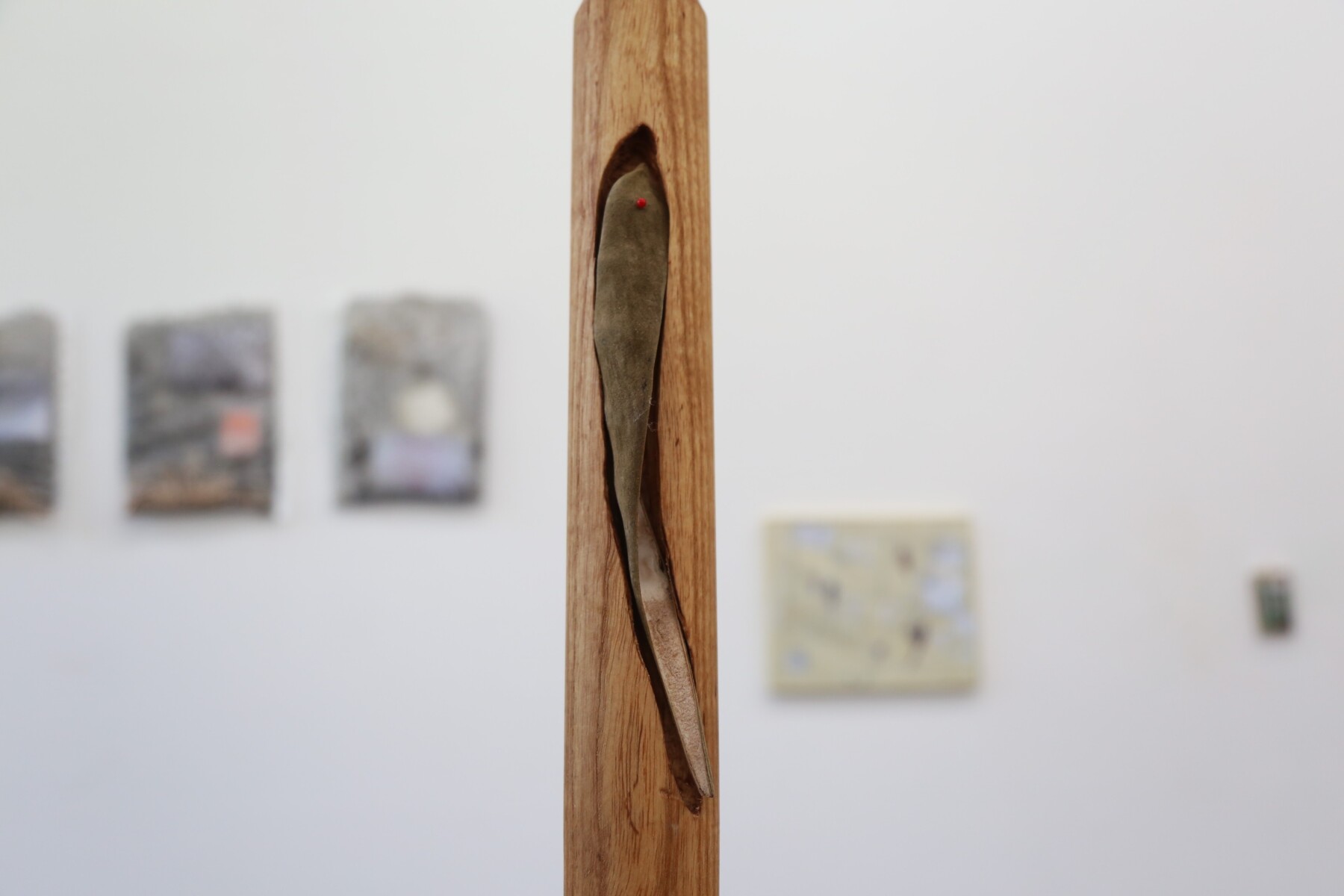
Text: Febe Lamiroy, art historian and writer



















